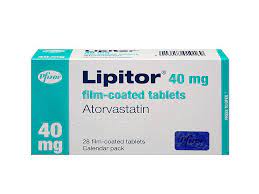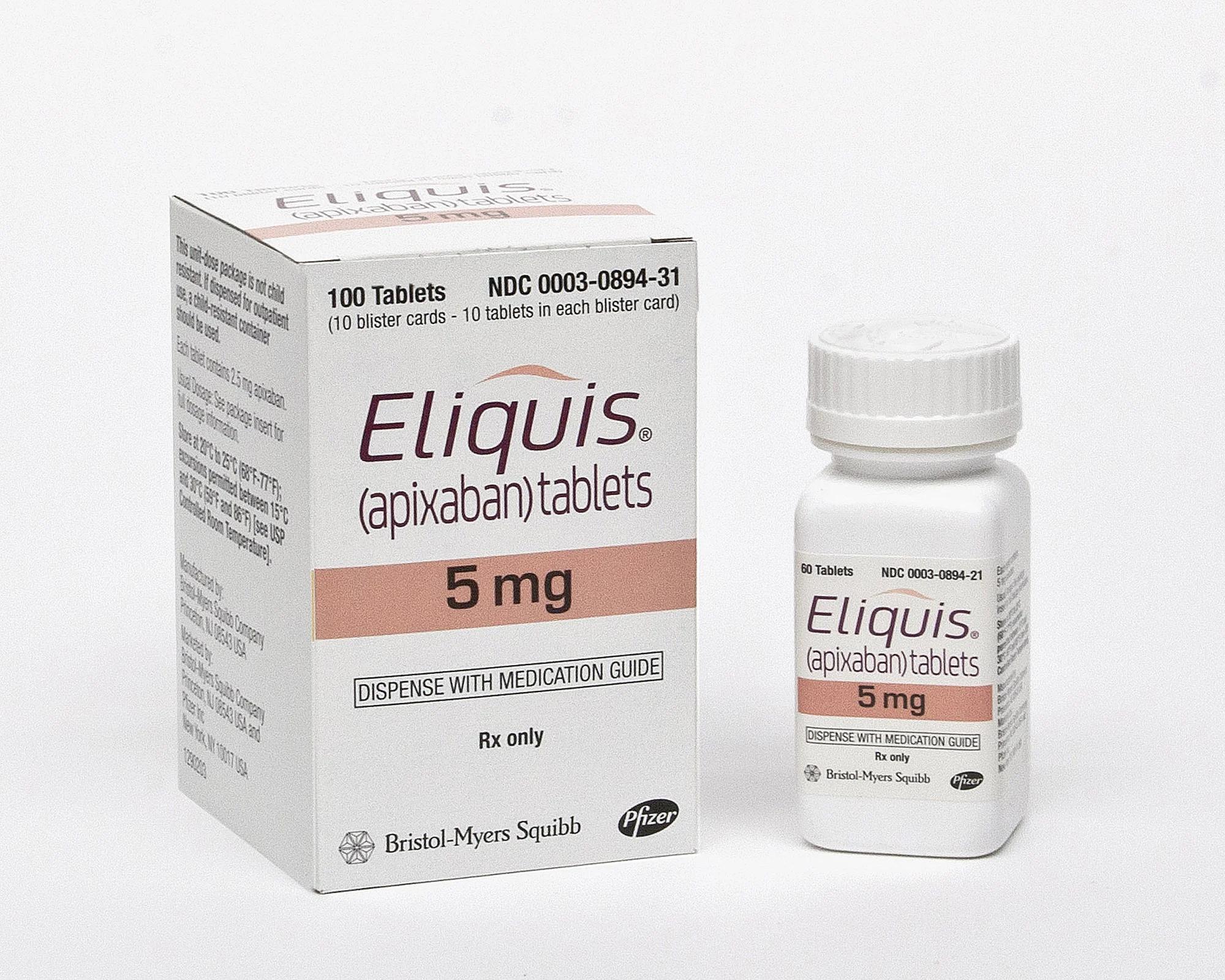- Center on Health Equity & Access
- Clinical
- Health Care Cost
- Health Care Delivery
- Insurance
- Policy
- Technology
- Value-Based Care
The Curse of Being First: Lessons From Pharma’s Blockbuster Drugs
What can we learn from Biogen's decision to halt sales of aducanumab?
Richard G. Stefanacci, DO, MGH, MBA, AGSF, CMD | Image credit: Thomas Jefferson University

The high-profile failure of Biogen’s Alzheimer’s disease drug aducanumab (Aduhelm), punctuated by the company’s decision in January 2024 to discontinue sales, highlights the common struggles faced by groundbreaking “first-in-class” drugs. As the first therapy approved for early Alzheimer’s disease, Biogen singularly shouldered the burden of introducing physicians to a new diagnostic and treatment paradigm for Alzheimer’s disease and educating them on its use.
This, coupled with controversies around its clinical trial data, resulted in coverage restrictions and limiting patient access to the drug. Its recent discontinuation reinforces calls for continued investment in research while also underscoring the need to ensure healthcare systems can efficiently deliver newly approved treatments to patients. While pioneering drugs like aducanumab are crucial for advancing medicine, they sometimes stumble out of the gate, allowing follow-on drugs to benefit from their trails already blazed.
Curse of Being First
Aduhelm packaging | Image credit: Biogen

Biogen's discontinuation of aducanumab exemplifies the risks frequently faced by groundbreaking drugs. Aducanumab was the first Alzheimer’s drug granted approval based on its ability to address an underlying cause of the disease by clearing amyloid beta plaques. However, confusion over its clinical benefit and coverage restrictions limiting patient access contributed to disappointing sales that put the drug under a microscope as Biogen sought to understand why demand and uptake were much lower than anticipated.
Ultimately, aducanumab fell victim to the curse often faced by pioneering drugs – steep challenges getting broad adoption and issues with efficacy and/or safety data.
Education Needs Fall on First-in-Class
One major challenge that exists any time a drug creates a new therapeutic class or a presents a novel approach to care is the need to educate medical professionals on recognizing and diagnosing the disease itself. With aducanumab, Biogen needed to spur adoption of new diagnostic and screening practices, while also shifting long-held views that the disease was untreatable. This reflected the steep challenge of driving a wholesale market shift.
Lipitor packaging | Image credit: Pfizer

History has shown, time and again, that follow-on drugs often sidestep this. For example, when Pfizer launched cholesterol-fighter atorvastatin (Lipitor), statins and cholesterol testing were already common. Similarly, apixaban (Eliquis) entered a mature oral anticoagulant market, while selective serotonin reuptake inhibitors (SSRIs) like fluoxetine (Prozac) had already established depression as treatable when sertraline (Zoloft), paroxetine (Paxil) and others entered the market. This is the second-mover advantage. By the time these follow-on drugs were approved, the market was already primed and, most important, they were able to learn from the successes – and mistakes – of the first-in-class innovators that paved the way.
First Stumbles Give Followers an Advantage
At the time, the accelerated FDA approval of aducanumab was already highly controversial given mixed clinical trial results on its efficacy and the agency’s decision despite the near-unanimous negative vote of an FDA advisory committee. This confusion weakened buy-in from insurance companies and physicians from the start. Additionally, aducanumab required expensive testing for amyloid biomarkers and monthly IV infusions, further slowing adoption. The aducanumab “case study” served as a de facto guide to companies looking to enter the space, from optimizing dosing convenience to directing insurance coverage strategies.
Eliquis packaging | Image credit: Pfizer

For example, when the first H2 blocker cimetidine (Tagamet) was approved in the 1970s to address stomach ulcers caused by excess acid, its safety and side effects were unknown. By the time ranitidine (Zantac) was approved in the early 1980s, the drug was shown to improve on cimetidine’s kidney toxicity risks. By the same token, apixaban demonstrated reduced bleeding risks compared to pioneering blood thinners. Follow-on brands learn from the challenges – and, often, stumbles – of revolutionary first entries.
Perceived Value Drives Sales
Similarly, the recent Alzheimer’s drug lecanemab (Leqembi) is seeing lower than expected sales. Despite being the second drug targeting amyloid plaques to be approved, lecanemab continues to face skepticism over its clinical value given still uncertain links between amyloid reduction and patient benefit, as well as inconvenience of intravenous infusion and monitoring. Without clearly conveying lecanemab’s value proposition to patients, caregivers and prescribers, adoption remains muted. This reinforces that effectively articulating a compelling value story – no matter order of market entry – is vital to drive appropriate use.
On to the Future
The discontinuation of Biogen’s aducanumab reinforces that while “first-in-class” therapies are critical to advance medicine and patient care, they my serve as nothing more than a historical footnote that, paved an easier path for their successors. Global pharmaceutical victories against once devastating diseases were hard won only through persistent waves of innovation upon failure.
Breakthrough innovations on the cutting edge are inherently risky – but forward progress demands that ambitious attempts keep marching on. When novel avenues falter, constructive collaboration, not blame, across healthcare system stakeholders can extract vital learnings while protecting patient needs and spurring continued progress.
Stakeholders must not interpret setbacks as defeat but as stepping stones lighting the way. Skirting risk guarantees stagnation; embracing uncertainty and challenge holds possibility of monumental gain. Moving intractable diseases from inevitable to treatable relies upon the grit, resilience and unrelenting optimism of patients, families, researchers, companies and policymakers collectively pursuing the uncertain pioneering paths until the breakthroughs come. Past barriers in medicine crumbled under such persistence; so too shall the next great healthcare frontiers with continued collaboration and steadfast dedication through difficulty. The steep climb to therapeutic revolution fosters occasional stumbles – but the ability to improve the lives of patients and their families is certainly more than worthwhile.
Author Information
Richard G. Stefanacci, DO, MGH, MBA, AGSF, CMD, is the chief medical officer for TauRx, and an adjunct assistant professor in population health, Jefferson College of Population Health, Thomas Jefferson University, Philadelphia.
2025 Year in Review: Clostridioides difficile Infection
December 12th 2025This year in review of 2025 milestones in Clostridioides difficile infection features coverage of research on infection patterns presented at the American Society for Microbiology Microbe 2025 meeting in June and comparative studies of treatment efficacy and prevention strategies. It also includes an interview with Paul Feuerstadt, MD, on recent developments in C difficile diagnosis and treatment.
Read More
From MSSP ACOs to Employer Value: Translating Value-Based Principles to Self-Insured Plans
December 12th 2025Value-based care adoption in employer insurance requires replacing fragmented point solutions with unified, at-risk performance contracts that align vendors, providers, and members around total cost and quality goals.
Read More
